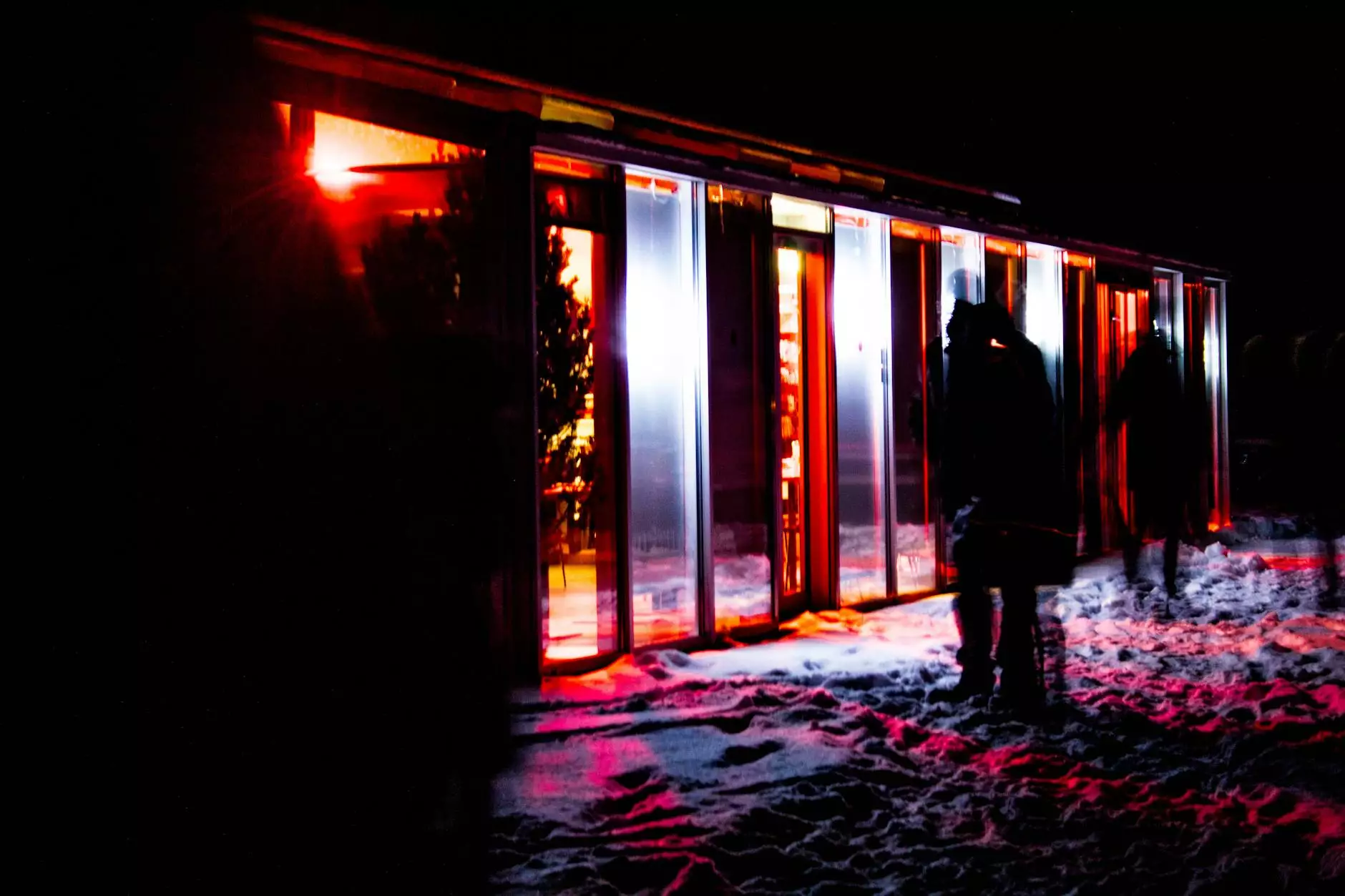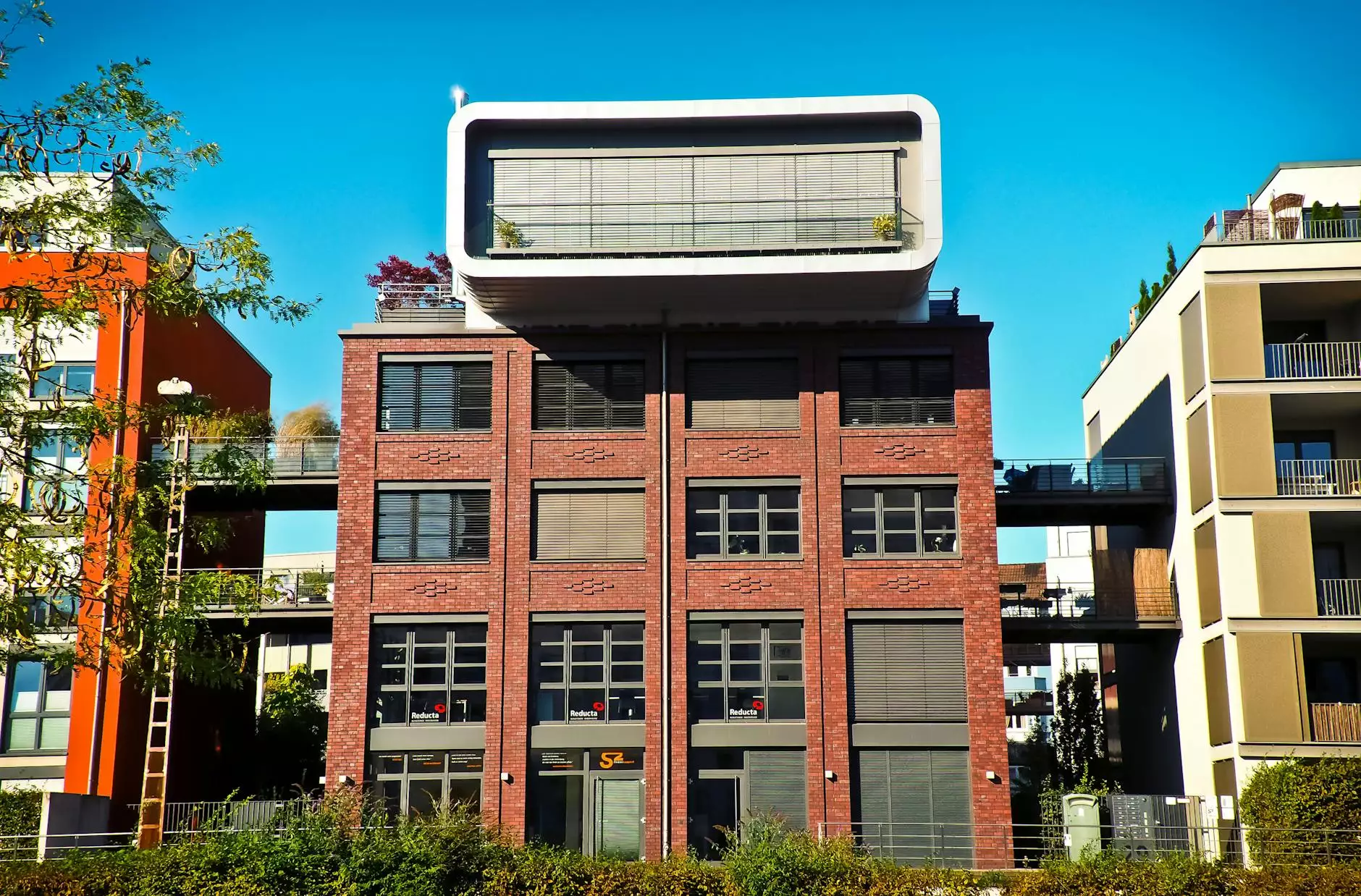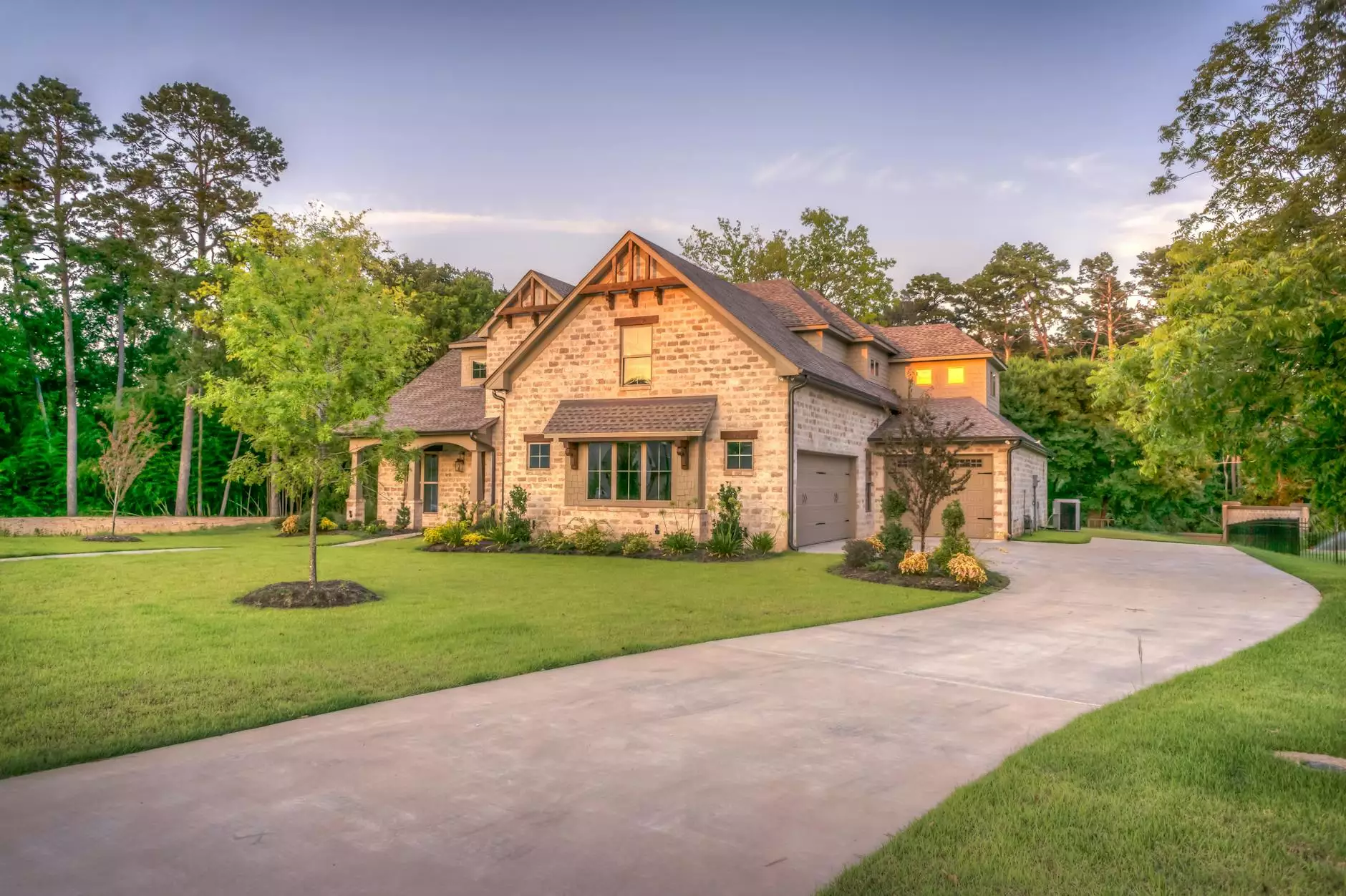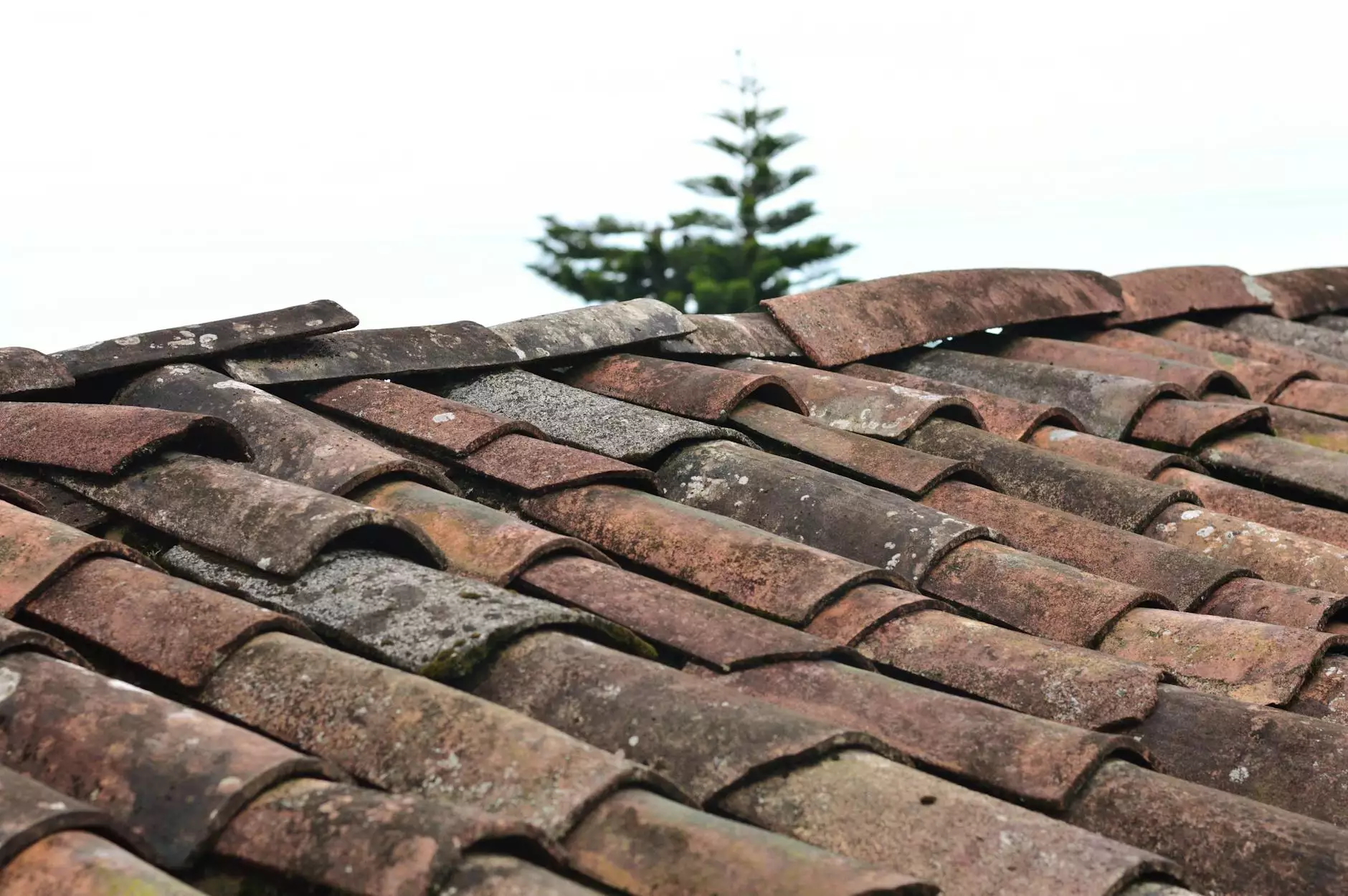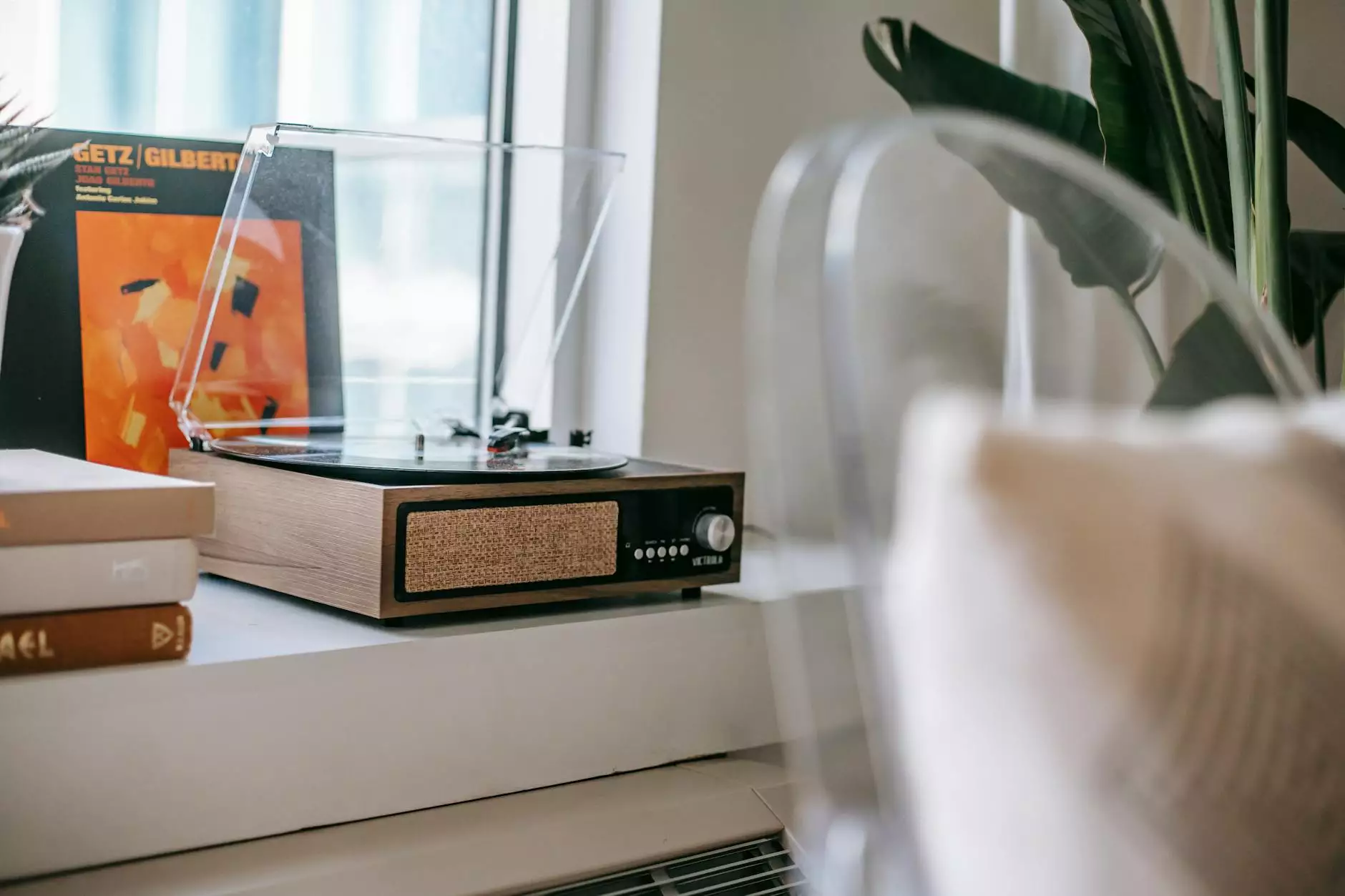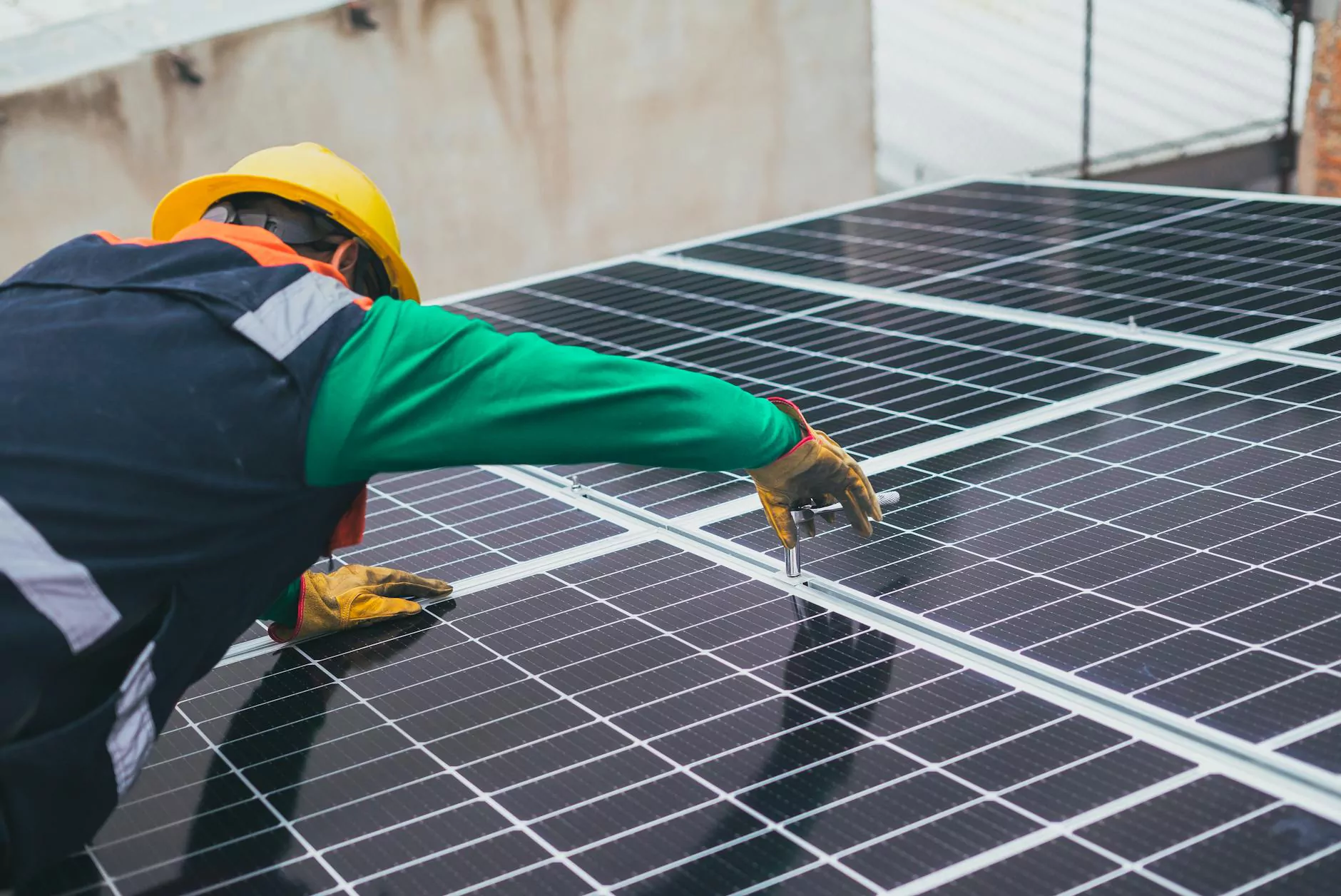Hardie Board vs Vinyl Siding: Choosing the Best Siding for Your Home
Real Estate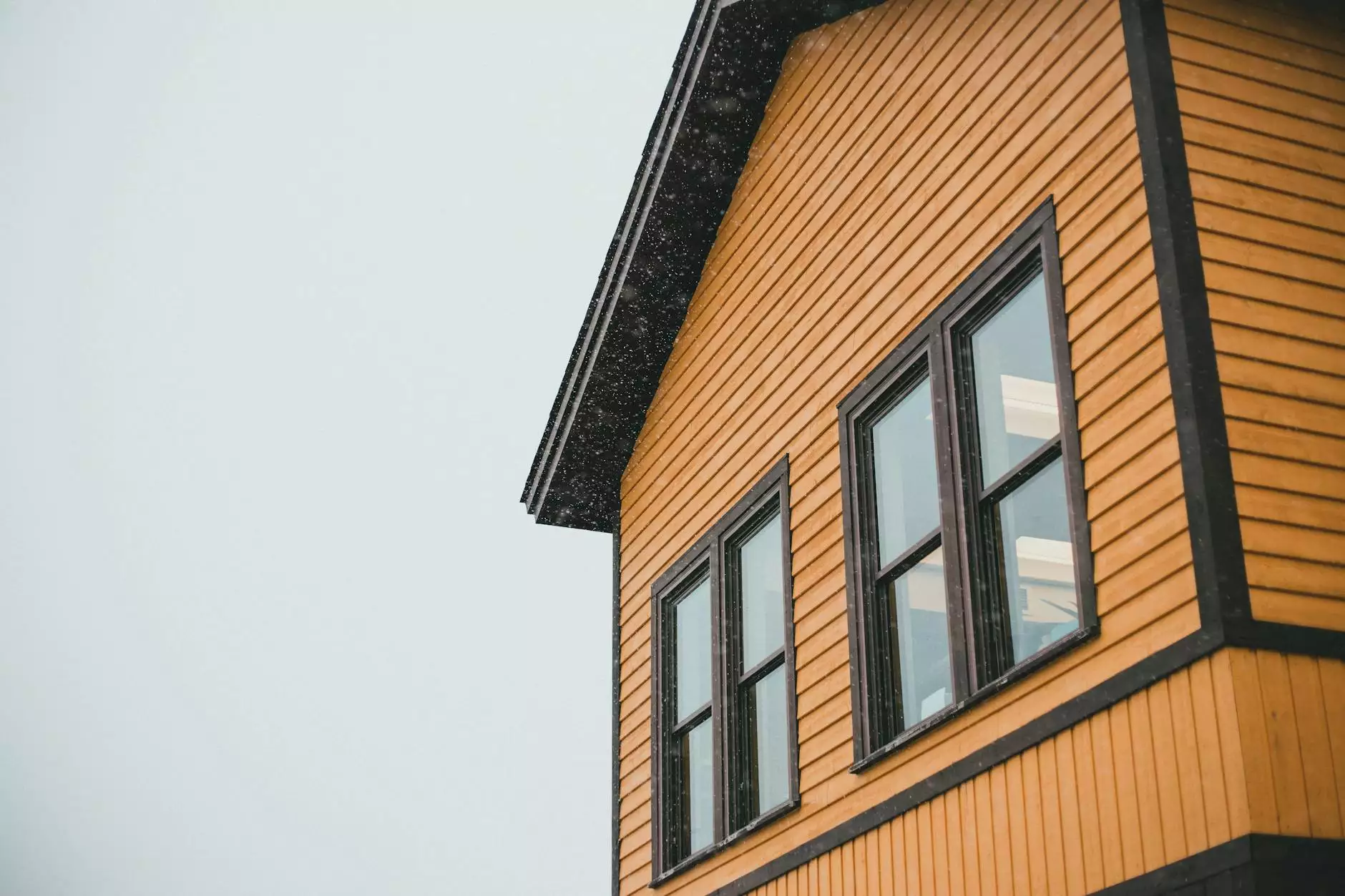
Choosing the right siding for your home is a crucial decision that can impact both the aesthetics and durability of your property. In this comprehensive guide, we will delve into the key differences between Hardie Board and Vinyl Siding to help you make an informed choice.
Overview of Hardie Board and Vinyl Siding
Hardie Board: Hardie Board, also known as HardiePlank or fiber cement siding, is a popular choice among homeowners for its durability and versatility. Made from a blend of cement, sand, and cellulose fibers, Hardie Board is known for its resistance to rot, fire, fading, and termites.
Vinyl Siding: Vinyl siding is a cost-effective option that requires minimal maintenance and comes in a variety of colors and textures. Made from polyvinyl chloride (PVC), vinyl siding is lightweight and easy to install.
Cost Comparison
When it comes to cost, vinyl siding is generally more affordable upfront compared to Hardie Board. However, it is essential to consider the long-term costs associated with maintenance and repairs. Hardie Board, although pricier initially, tends to be more durable and requires less maintenance over time, potentially saving you money in the long run.
Durability and Maintenance
Hardie Board is known for its exceptional durability, making it a popular choice for homeowners looking for a long-lasting siding option. It is resistant to rot, insects, moisture, and harsh weather conditions. Additionally, Hardie Board is low maintenance and only requires occasional painting or caulking to maintain its appearance.
Vinyl siding, while also durable, may be prone to cracking, fading, and warping over time. Regular cleaning and maintenance are essential to prolong the life of vinyl siding. However, it is important to note that extreme temperatures can affect the performance of vinyl siding.
Appearance and Aesthetics
Hardie Board offers a more authentic wood-like appearance and can be customized to match various architectural styles. With a wide range of colors and textures available, Hardie Board allows homeowners to achieve a classic or modern look for their homes.
On the other hand, vinyl siding comes in a variety of colors and styles but may not replicate the natural look of wood as effectively as Hardie Board. However, advancements in technology have led to improvements in the appearance of vinyl siding, offering more options for homeowners seeking a low-maintenance exterior.
Environmental Impact
When considering the environmental impact of siding materials, both Hardie Board and vinyl siding have their advantages and drawbacks. Hardie Board is made from sustainable materials and has a long life expectancy, reducing the need for frequent replacements. However, the production process of cement-based products like Hardie Board can have a higher carbon footprint compared to vinyl.
Vinyl siding is recyclable and requires less energy to manufacture, making it a more energy-efficient option. However, the disposal of vinyl siding at the end of its life cycle can raise environmental concerns related to PVC waste.
Conclusion
Ultimately, the choice between Hardie Board and vinyl siding depends on your budget, aesthetic preferences, and long-term maintenance considerations. Both siding options offer unique benefits and drawbacks, so it is essential to weigh the pros and cons before making a decision.
For professional advice on selecting the best siding for your home, contact seostudios today. Our team of experts can provide personalized recommendations tailored to your specific needs and preferences.
